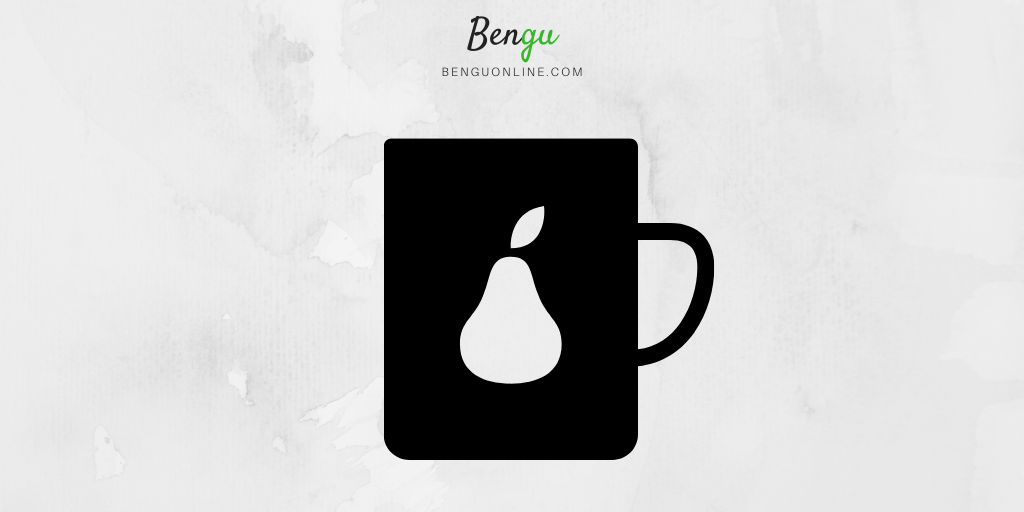Influencer marketing is a new term, but the idea of using a celebrity to front your brand is as old as the hills.
The rise of social media, particularly YouTube and Instagram, is what supercharged influencer marketing as an industry and made it the titanic revenue stream it is today.
We’ve all heard the urban myths about how much this or that 13-year-old makeup vlogger makes every month — and while much of it is overblown (for one, the real winners are always the platform owners), influencer marketing can be as lucrative as it is effective.
This makes sense for B2C brands, particularly in the consumer sectors – it’s not hard to see the yield a cosmetics brand might make from paying Miley Cyrus $200k for a post to her 116 million followers.
But B2B is different — particularly areas like B2B software.
A fresh-faced star could plausibly influence a teenager to try some $5 vitamin water, but getting a finance committee to sign off on a three-year deployment of enterprise cybersecurity is less likely.
Mass-market influencers won’t cut it for a discerning business audience.
All that being said, influencer marketing is of course possible and widespread in the business world too. Influencers aren’t gamers or makeup artists, but thought leaders at influential companies. Typically with large followings on social media platforms that matter most to your business — primarily LinkedIn and Twitter.
Borrow a brand
So how can you utilise them? It’s not a question of sending shampoo to a General Counsel to knock out a video on LinkedIn.
Nor are they likely to post promotional content about something as complex as software deployment. It’s not like you can give most enterprise software a quick spin on your own, with implementation support.
And besides, the kind of influencers who inhabit LinkedIn – with exceptions in self-promotional industries like sales – aren’t typically comfortable posting straightforwardly promotional content for third parties.
Instead, you can use influencers in B2B marketing by simply borrowing their brand.
If your aim is to increase the reach of your marketing, then one approach is to deploy influencers to fill the top of your sales funnel, rather than to push them through the bottom of it. You can use influencers simply to get the halo effect from their brands and amplify your voice.
This is effective because, especially for startups, to be blunt, you have no brand. You may have some level of inbound demand and a limited universe of early-adopters who’ve heard of you, but for the most part, almost nobody in the world knows that you exist.
Why would they have?
To change that, you could spend considerable time, effort and money on building an organic brand.
Some companies do this, and it can lead to impressive results. But rather than building an impressive brand, it’s much easier to borrow those of more mature companies. One of the best ways to use influencers (including micro-influencers) in your marketing is to produce thought leadership content and use this to fill the top of your funnel.
This means identifying influencers in your sector and convincing them to contribute to your broad-appeal gated content.
For example:
My company sells B2B SaaS that helps legal teams at high-growth companies with contract automation – way too specific for a relevant influencer (like the General Counsel of a unicorn tech company) to want to write about.
So instead, we choose mass-appeal topics for gated content, like legal operations, survey-led reports or innovation in law – much more readable than a deep-dive about a non-disclosure agreement.
Convincing busy influencers
We convince contributors to position themselves as experts by headlining our thought leadership content, and push the captured leads through a nurture process until they’re ready to buy.
So how do you convince busy people in top positions at cool companies to write stuff for you?
Well this one is pretty simple – you write it for them.
In practice, almost by definition, these people are too busy to write 1000 words themselves. They might not even be great writers – being a subject-matter expert in something like law, insurance or engineering doesn’t necessarily mean you can produce great copy.
Once you have a solid idea and chapter structure for your eBook, you just need to gather contributions. A frictionless process for your content team would be as follows:
- Identify influencers with decent followings on social media
- Contact them and ask them if you can feature them in your new eBook
- Flatter them and make it clear that they can sign off content before you use it
- Interview them by phone to gather their insights for their specific chapter
- If you type fast enough, transcribing audio in real time – this saves a huge amount of time
- If not, use transcription software to do it for you
- Ghostwrite a draft chapter in the first person
- Send it to them for amends and sign-off.
The final three tasks are the most difficult, and require skills in writing and editing that you might not have internally.
But they’d be a breeze to a well-briefed freelance journalist. Once all your copy is in and signed off, get your eBook designed and you’re ready to launch.
This is where the real magic happens. If your content is good enough, and reflects highly enough on your contributors, then they’ll be proud of ‘their work’ and share it with their networks. If you coordinate this properly with your influencers on LinkedIn, you can generate a huge network effect and capture a ton of downloads.
This is a really effective way of migrating their peer network into your marketing database – and the cherry on top is that not only does it position your company as a thought leader, but the influencer-led social promotion is free.
This is how you can make influencer marketing work for you in a B2B setting. Borrow better brands to stuff the top of the funnel, and get free promotion in influencer networks. What are you waiting for?
Tom is the director of contetn at Juro.


